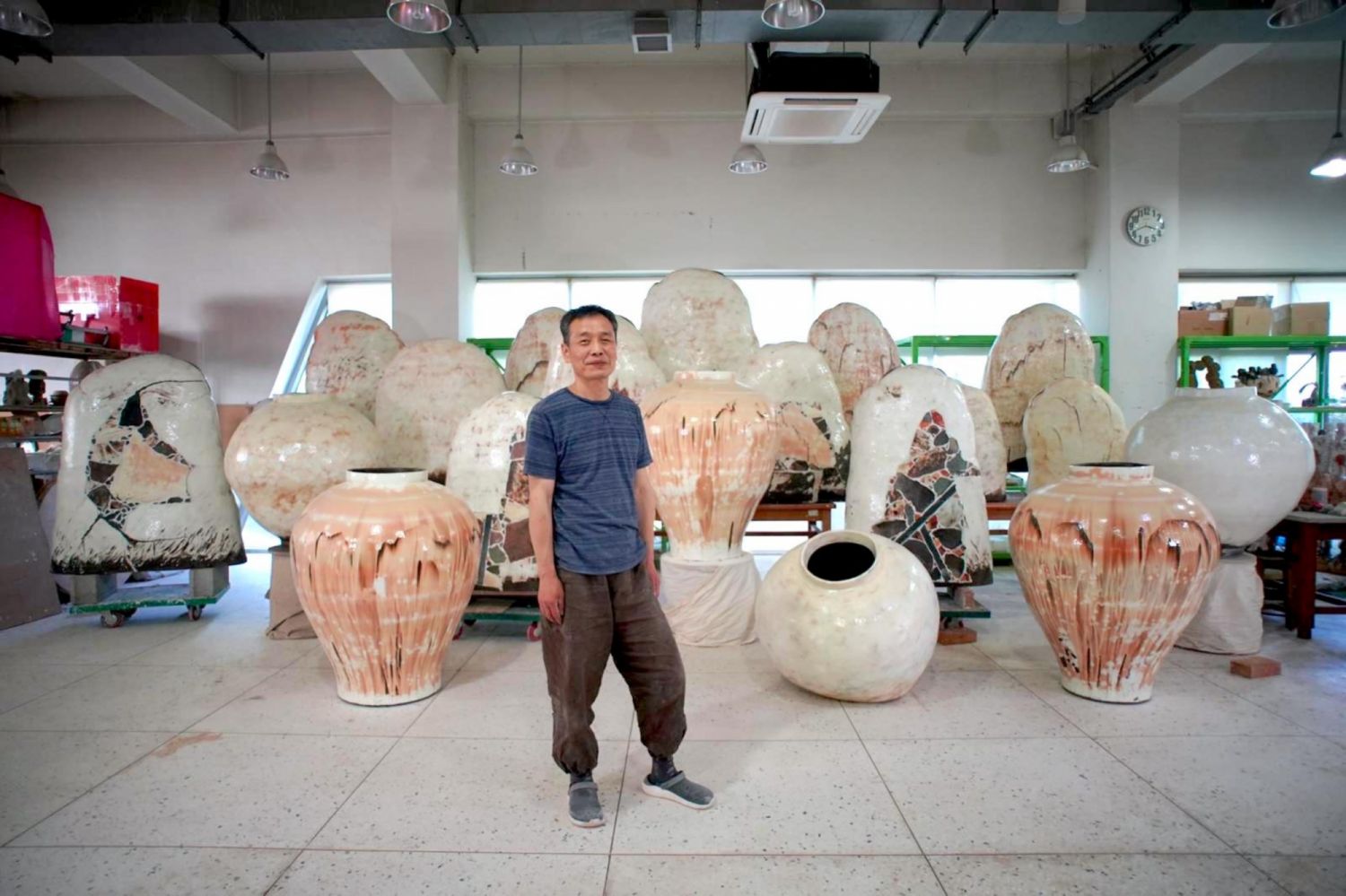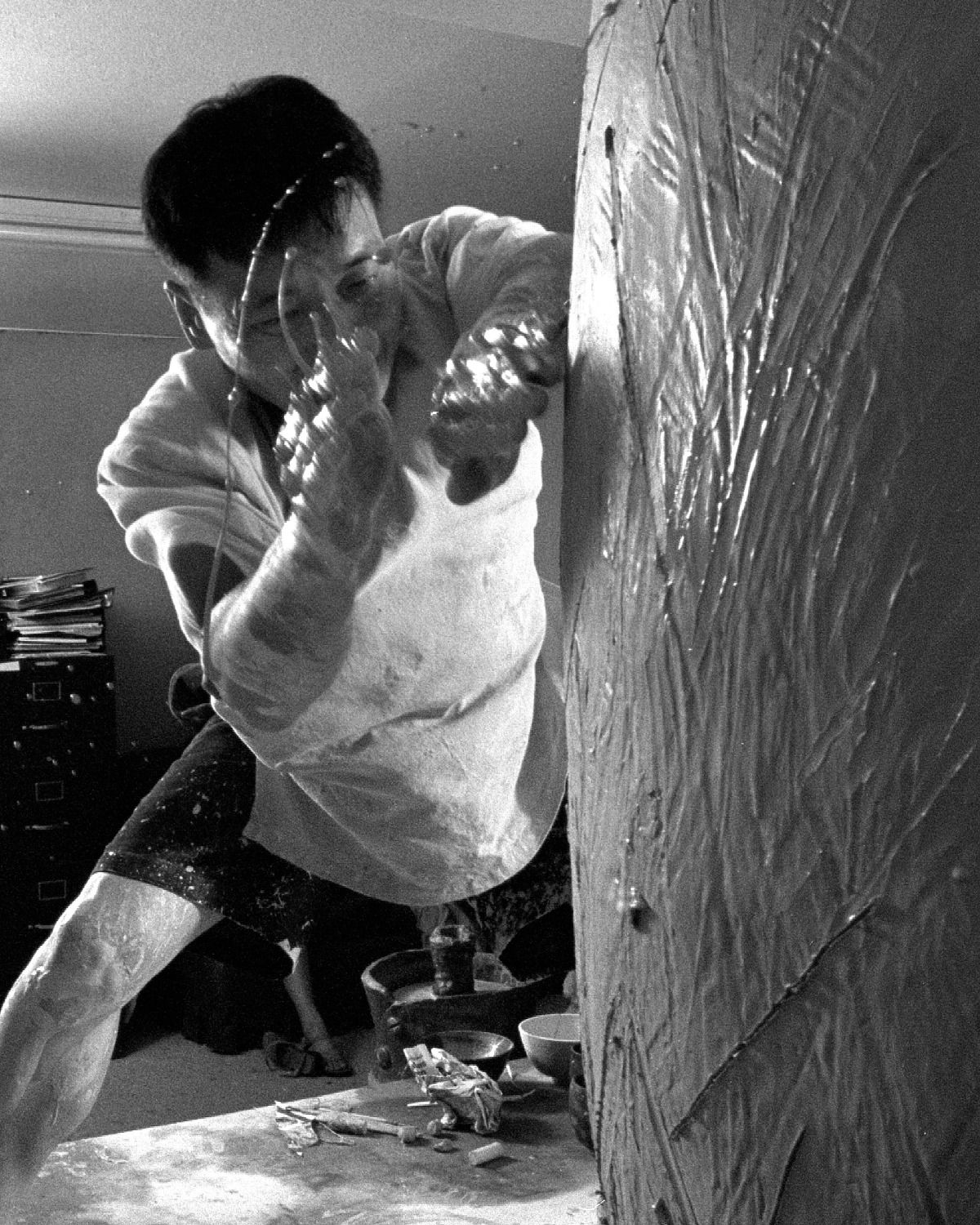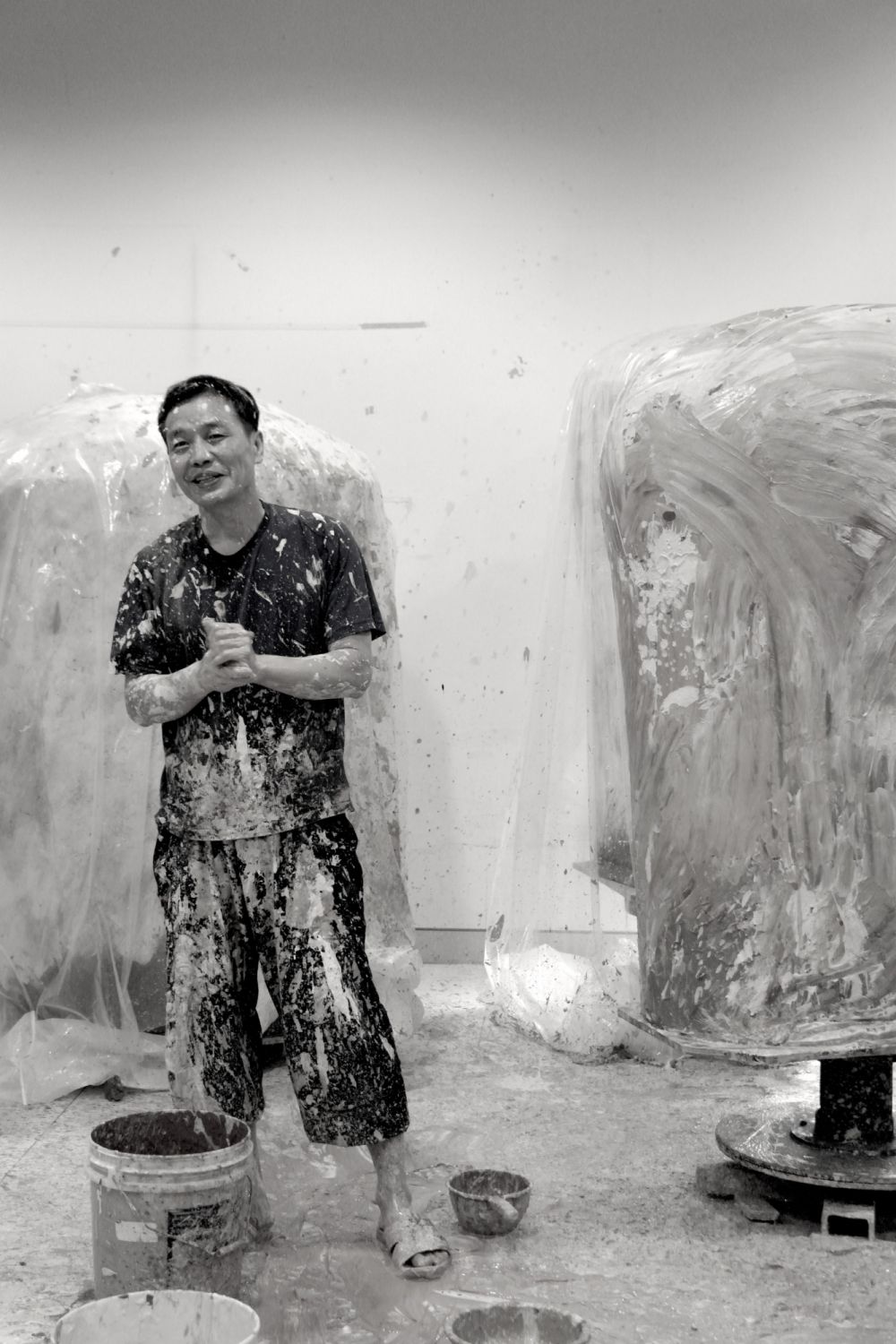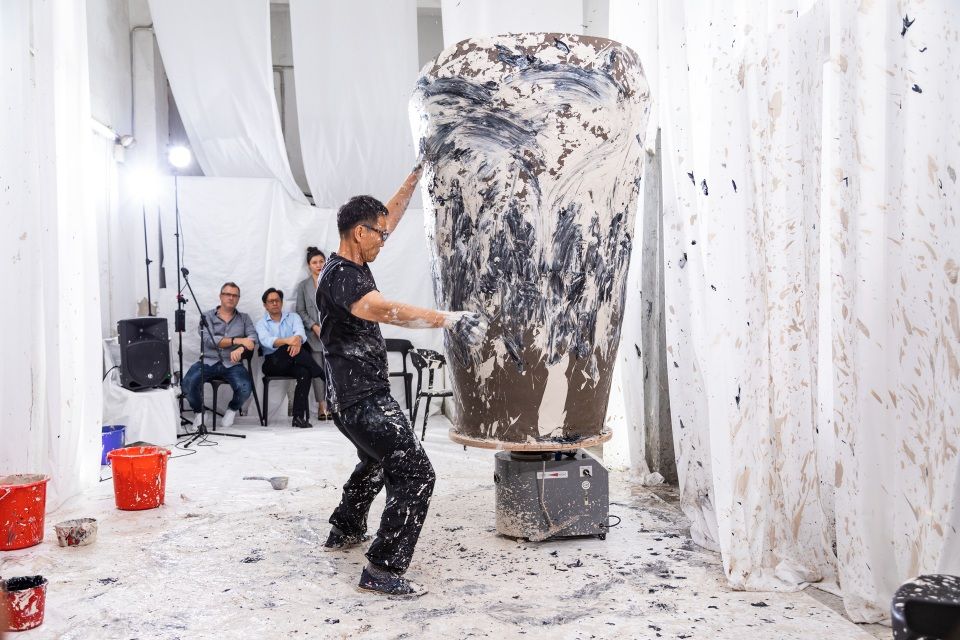Artist Lee Kang-hyo is considered one of the finest Korean ceramicists today. Ahead of his new exhibition in Hong Kong, he tells Tatler about his mission to reinterpret Korean Buncheong
South Korean artist Lee Kang-hyo is regarded as one of the country’s finest potters today. It comes as no surprise as the artist has spent the last 40 years interpreting the Korean Buncheong—traditional Korean stoneware—in his own way. Lee eventually mastered the skill of applying liquefied white clay to the surface of vessels and platters. For him, the ceramic surfaces are like paper for ink brush painting.
Other than his work in Buncheong, Lee is also renowned for his moon jars, a type of traditional white porcelain from the late Joseon period. Its popularity and interest have steadily has skyrocketed internationally over the years, with RM from the pop band, BTS even purchasing his own.
With an exhibition underway at the Korean Culture Centre in Hong Kong called Ode to the Moon until March 12, Tatler catches up with the Korean artist in this exclusive interview to discuss his vision of modernising Korean Buncheong, how ceramics as an art form has changed over the years and the emerging popularity of moon jars internationally.
Don’t miss: How the Only Female Neon Artist in Hong Kong is Reinventing the Craft

You spent 40 years endeavouring to interpret the Korean Buncheong in your own way. What about Korean Buncheong interested you in the first place?
Traditionally, oriental paintings are painted with black ink on white paper whereas Buncheong ware involves painting and decorating with white soil on a black earthen background. This technique is quite unique because it can express light and shadows by painting with white soil onto the colour of natural soil and express various pictorial language.
It's been 40 years. Do you think you have found the style you’re looking for?
For an artist at work, it’s about the process of finding oneself and building the style according to one’s ideas and perspectives on life. Ultimately, the artist’s ideas and spirit represent the art itself. Style is something that flows like water and is always in a constant state of flux because flowing allows endless changes instead of rotting. For me as an artist, there’s no permanent form. There’s only a continuous progressive form. There’s also no fixed style because the ever-evolving artist’s life is the style.
Nature is important in your work. How has it influenced the type of artist you are throughout your childhood to this day?
I believe that nature exists by itself. It doesn’t require human touch and logic. We feel comfortable and happy when we look at nature because suddenly, we are teleported into a realm where all our thoughts stop, and we are merely required to look. Artists, myself included, cannot recreate nature but can only express the quality of nature. Nature is the mother of all things; it’s the universe itself.
Read also: 9 Art Exhibitions Not to Miss in Hong Kong in January 2022




